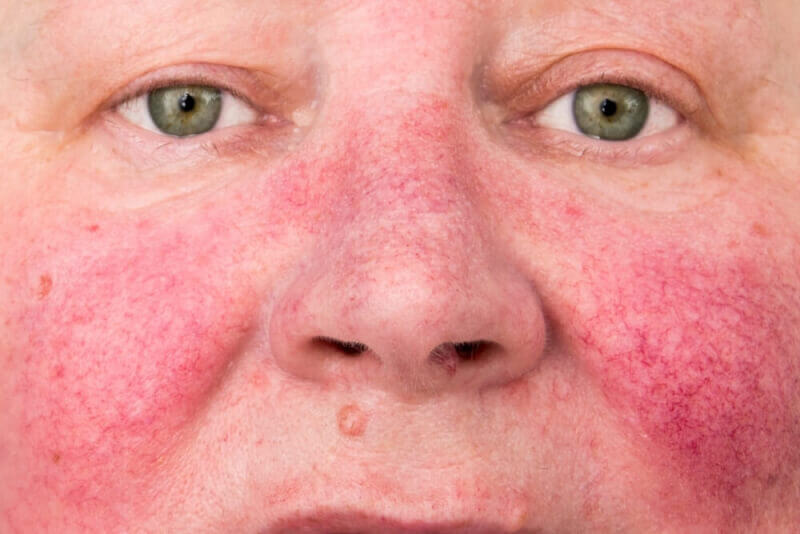What is Pellegra disease?
Pellegra, a disease caused by Niacin deficiency, also called vitamin B3, occurs as a result of malnutrition. Niacin, one of the most important vitamins for the functioning of cells, manifests itself in symptoms in various areas, including the mouth, skin, intestines and brain. If Pellegra is left untreated, permanent damage to the nervous system can occur. In later stages, pellegra can cause death.
Vitamin B3 is found in many food sources. For this reason, a significant proportion of people who eat a balanced diet have enough vitamin B3. However, niacin deficiency is still a major problem in poor and food-stressed societies. In industrialized societies, niacin deficiency is caused by secondary causes. Secondary causes include health conditions or malfunctioning of the body and niacin.
Diagnostic criteria for Pellegra disease
In order to diagnose Pellegra, it is first necessary to examine the symptoms and the patient's medical history and to ask detailed questions about the patient's diet. If Pellegra is suspected, a urine test is performed to confirm the diagnosis. Chemical levels in urine indicate whether the body has enough vitamin B3. Observing symptoms using niacin supplements may also be part of the diagnosis.
Symptoms of Pellegra disease
The symptoms of Pellegra can be caused by many different systems. Among the most common symptoms are the following.
- Chronic diarrhea, sometimes with blood
- Abdominal pain
- Indigestion
- Loss of appetite
- Nausea
- Vomiting
- Itchy or painful skin rash
- Mouth sores
- Red and swollen tongue
- Fatigue
- Fatigue
- Mood changes
- Depression
- Tremor
- Numbness and tingling in the hands and feet
- Delirium
Causes of Pellegra disease
The main cause of Pellegra is malnutrition. Because and vitamin B3 can be obtained from many different foods. However, niacin deficiency can be seen in people who do not have enough food options.
Pellegra can also occur due to secondary causes of the disease. These are factors that cause the body to be unable to absorb or utilize niacin for any reason. These reasons include the following.
- Cirrhosis causing malabsorption
- Inflammatory bowel disease
- Heavy alcohol use
- Gastric bypass surgery
- Iron deficiency anemia
- Hartnup disease
- Carcinoid syndrome
- Antispasmodic and chemotherapy drugs
- HIV infection
Treatment of Pellegra disease
Because it is caused by niacin deficiency, it is treated by replacing the missing nutrient. Thanks to niacin supplements, most people start to recover immediately. However, additional treatment may be needed for mouth and skin sores. Extra treatment is needed if Pellegra is caused by a pre-existing medical condition.
Side effect of Pellegra disease treatment
Supplements used to treat Pellegra are not expected to cause any side effects if taken as prescribed. However, in case of an overdose, symptoms that may be seen in patients include the following.
- Headache
- Dizziness
- Bloating indigestion
- Itching
- Rash
- Reddening of the skin
How to prevent Pellegra?
The simplest way to prevent Pellegra is to adopt a balanced diet. If you have a diet with limited food choices, B-complex vitamin supplements provide enough niacin for healthy adults. The recommended daily dose of niacin is 15 milligrams. Among the richest food sources of niacin are the following.
- Beef liver
- Brewer's yeast
- Fatty fish such as salmon and tuna
- Potato
- Sunflower seeds
- Rice
- Poultry
- Peanuts
- Fortified breads and cereals
- Beetroot











